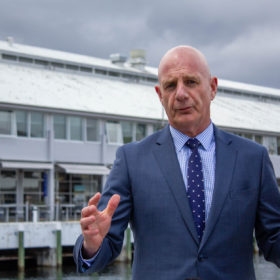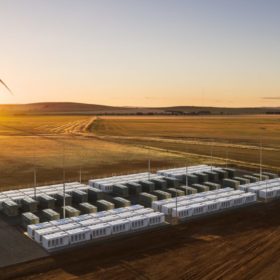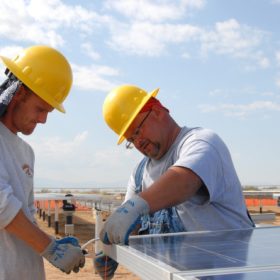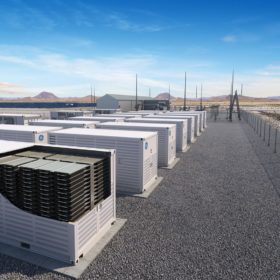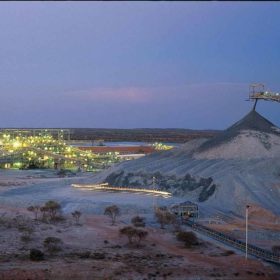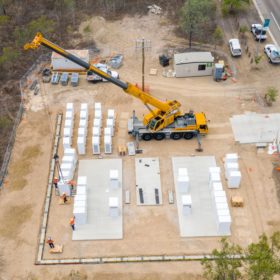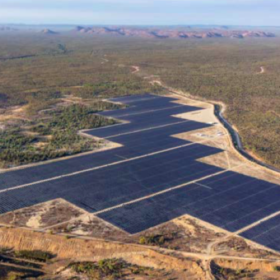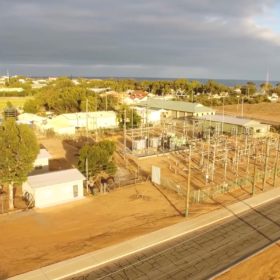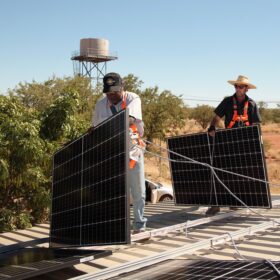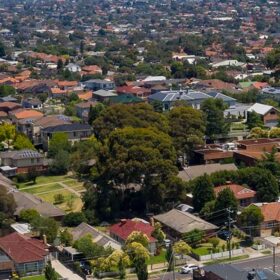New Tasmanian Premier to take on Climate Change with renewables
Peter Gutwein is the new Premier of Tasmania and the first Tasmanian Liberal Minister for Climate Change. The Premier, who has a history of rebelliousness to the party line, seeks to lead Tasmania to a renewable energy future.
Lake Bonney big battery readies to supply Tesla Australia EV supercharger network
The 25MW/52MWh battery at the Lake Bonney wind farm is in the final stages of testing and close to full commercial operation. Once operational, the big Tesla battery will supply the electric car maker’s Australia EV supercharger network with renewable electricity.
A clean energy world would support millions of new jobs
A study from Finland’s Lappeenranta University of Technology has predicted solar and other renewables can provide a global energy jobs revolution – just as four European operations revealed recent struggles.
Why Australia’s long term energy policy rests on battery storage
Australia has made great strides in terms of investment into renewables, yet despite the spend, we are still faced with an ageing grid and a growing number of coal power plant closures, that lack clear and sustainable replacements.
Researchers stress the necessity of stable supply of green-tech minerals and metals
The global transition to a low-carbon energy future hinges upon the sustainable supply of green-tech minerals and metals, says researchers. Australia’s reserves and export capabilities in nickel, cobalt, lithium and other rare earths mean our next mining boom could be of global existential importance.
New Green Deal for Esperance includes large-scale solar
Esperance has a new green deal for the supply of its electricity until 2042. The agreement, which commences in 2022, seeks to cut carbon emissions and features a new a battery storage system and renewables hub complete with solar farm.
Timely Tesla delivery charges Queensland’s community-scale battery toward fruition
Queensland’s first community-scale battery is nearing completion after the delivery of its 4 MW Tesla battery. The battery, to be charged with excess solar power from Townsville’s residential rooftop PV, should connect to the grid by the end of the summer.
Genex achieves financial close for Jemalong and refinancing for Kidston
Sydney-based developer Genex Power Limited (Genex) has fought its way back from several unlucky blows to achieve financial close for the 50MW Jemalong Solar Project and the refinancing of the 50 MW Kidston Solar One Project.
WA’s largest battery on the way to Kalbarri microgrid
Western Australia’s (WA) publicly-owned grid operator, Western Power, has announced its largest battery is on its way to Kalbarri. The battery, the biggest utility-scale battery ever to be connected to the Western grid network, departed from Perth today on its way north to the laid-back coastal town.
AEMO calls for over 30 GW of solar and wind to replace coal-fired generation by 2040
To fill the gap left by retiring coal-fired plants, the Australian Energy Market Operator forecasts that Australia should invest in a further 30-47 GW of new large-scale wind and solar projects by 2040. At the end of the outlook period, AEMO projects that distributed energy resources could provide up to 13% to 22% of total underlying annual NEM energy consumption.
